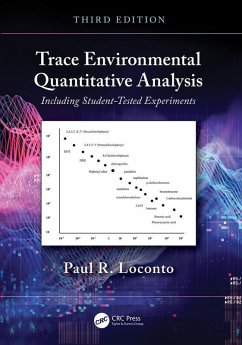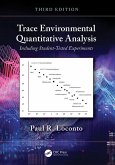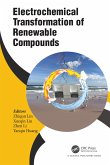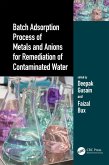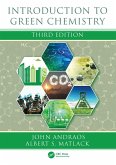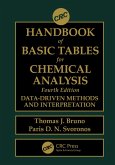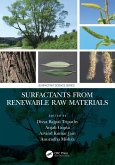Key Features:
- Fundamental principles are introduced for the more significant experimental approaches to sample preparation
- Principles of instrumental analysis (determinative techniques) for trace organics and trace inorganics analysis
- An introduction to the statistical treatment of trace analytical data
- How to calculate instrument detection limits based on weighted least squares confidence band calibration statistics
- Includes an updated series of student-tested experiments
Dieser Download kann aus rechtlichen Gründen nur mit Rechnungsadresse in A, B, BG, CY, CZ, D, DK, EW, E, FIN, F, GR, HR, H, IRL, I, LT, L, LR, M, NL, PL, P, R, S, SLO, SK ausgeliefert werden.

